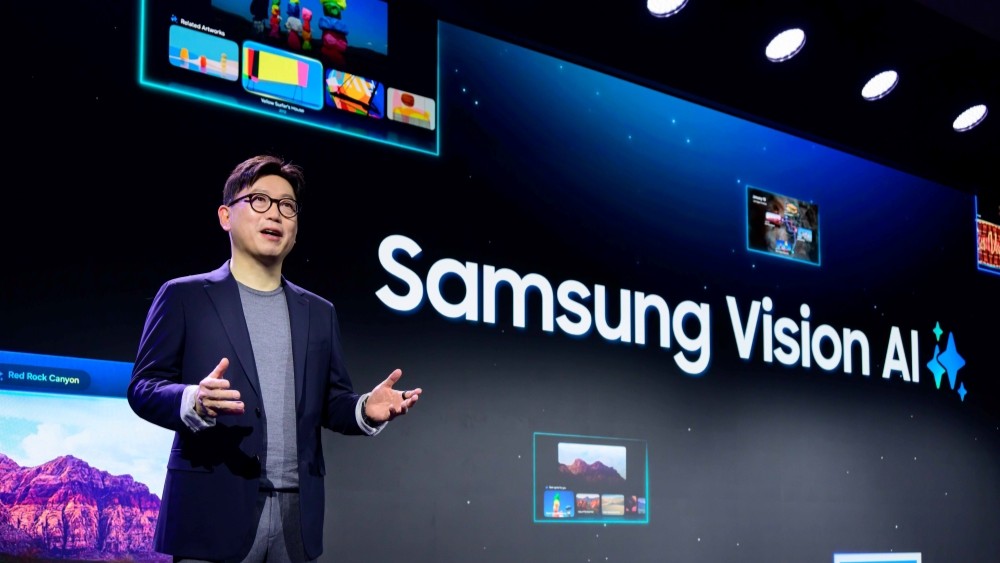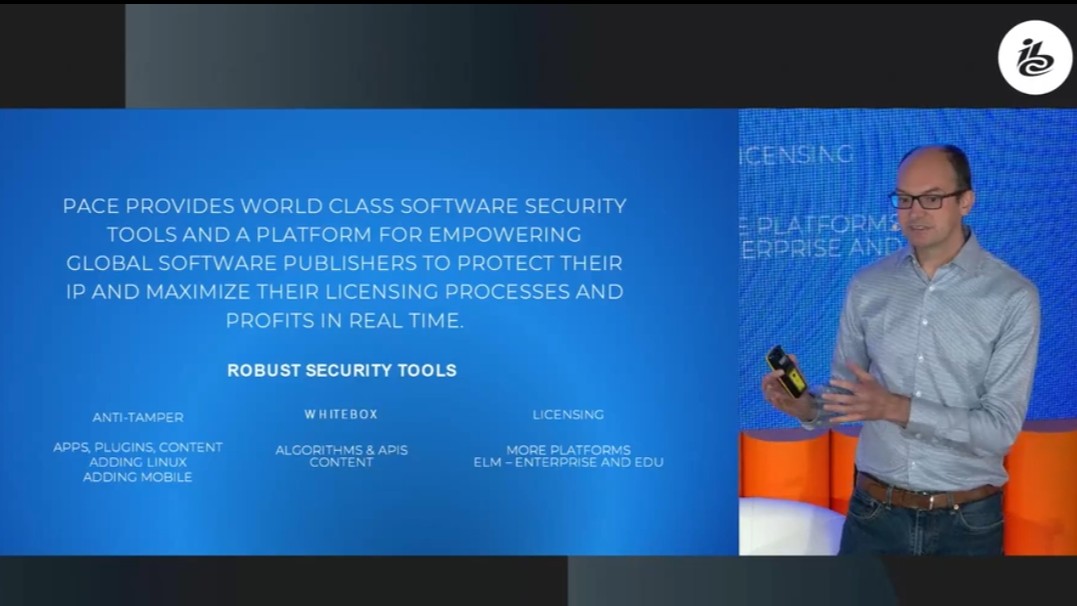Interview


ISE 2025: “They don’t ask what can we do with your technology they ask what can’t we do with your technology”
IBC Show VOD


Provenance – what can we trust? Results of C2PA proof of concept test undertaken by the BBC
IBC Show VOD



.jpg)













